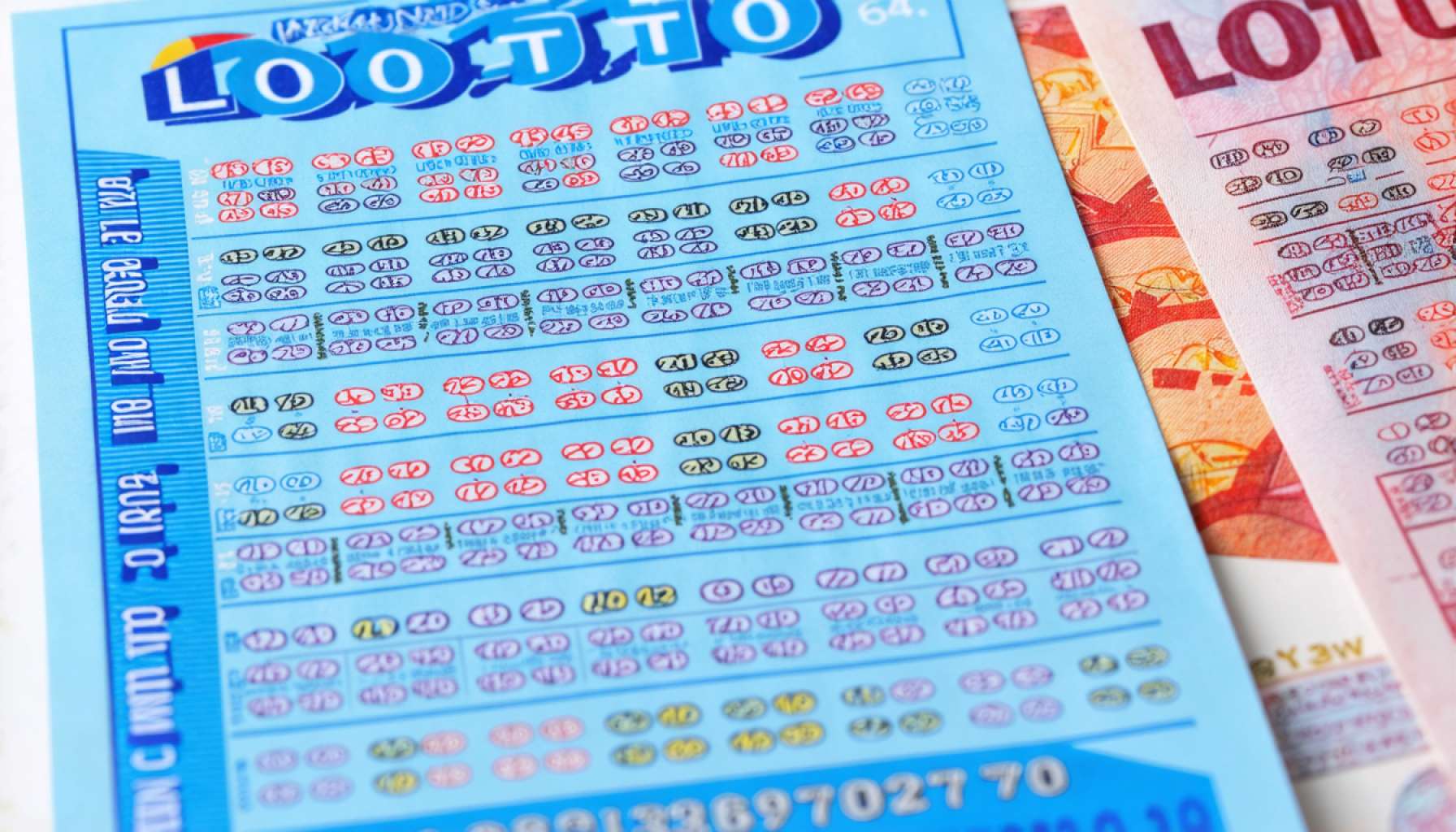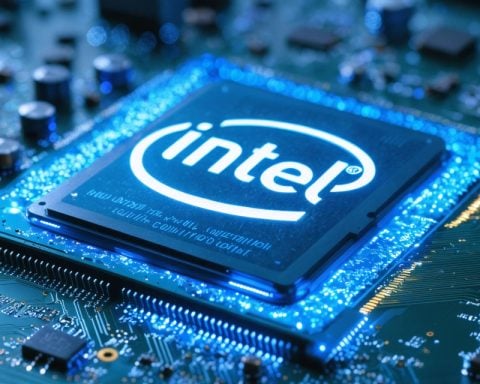- TPI Composites reported a 16.7% increase in quarterly revenue to $346.5 million, yet fell short of market expectations.
- The company is transitioning to next-generation wind turbine blades and restructured operations in Mexico and Turkey, reflecting strategic agility.
- Despite new ventures, TPI’s operating margin remains negative at -6.4%, raising concerns about fiscal health and sustainability.
- The five-year decline in earnings per share highlights ongoing profitability challenges.
- A key strategic move involved shedding its automotive segment to focus on the growing demand for green energy.
- Adaptability is emphasized as a crucial survival strategy in the shifting renewable energy landscape.
The stage for TPI Composites, a titan in crafting wind turbine blades, is set amidst gusty economic headwinds. This innovative giant showed an impressive 16.7% boost in quarterly revenue year-over-year, hitting $346.5 million. However, it trailed behind market expectations, leaving analysts clutching at more ambitious projections.
In the broader theater of renewable energy, where industry fortunes sway with regulatory winds and economic cycles, TPI Composites attempts to stand firm. The recent transition toward next-generation blades hints at strategic agility, yet the company’s deeper losses and tepid sales forecast betray a more turbulent journey ahead.
In spite of new ventures, TPI’s operating margin remains problematic, stuck in the negative at -6.4%. An enduring operating challenge, it churns up questions about its fiscal health and longevity. The five-year plunge in earnings per share paints a sobering portrait of declining profitability.
Yet, hope lurks in the details of a future-forward strategy. By shedding its automotive segment and recalibrating operations in Mexico and Turkey, TPI postures to harness burgeoning green energy demand. Even amid adversity, a repeated theme emerges: those who innovate are poised to seize the shifting currents of energy.
TPI Composites aims to capture more of the market’s invaluable “green” hue as global sentiment edges away from fossil fuels. Will the wind change in its favor? As anticipation mounts, only time will reveal if TPI’s recalibration can outmaneuver the gathering clouds, ensuring it remains a formidable figure in the realm of renewable energy.
In these times of transformation, TPI’s narrative underscores the essential message: adaptability is the keystone of survival.
Can TPI Composites Navigate the Winds of Change? Discover the Potential and Challenges Ahead
Understanding TPI Composites in the Renewable Energy Landscape
TPI Composites, a key player in the wind energy sector, has demonstrated resilience with a notable 16.7% increase in quarterly revenue. However, this achievement falls short of market expectations, reflecting broader industry challenges. As the company navigates economic turbulence, it strategically focuses on next-generation wind turbine blades, signifying its commitment to innovation. Despite setbacks in financial performance, such as an operating margin of -6.4% and declining earnings per share over the years, TPI is making bold moves by divesting its automotive segment and optimizing operations in Mexico and Turkey.
Exploring the Renewable Energy Market: Trends and Projections
The renewable energy market is experiencing significant growth. According to the International Renewable Energy Agency (IRENA), global renewable energy capacity is projected to increase by over 50% by 2025, driven by accelerated deployment of solar and wind power. Wind energy will be a substantial contributor, and TPI Composites is well-positioned to capitalize on this expanding demand. However, the sector faces challenges such as regulatory changes, supply chain constraints, and evolving technology demands.
Comparing Industry Leaders: TPI Composites vs. Competitors
When assessing TPI’s position, it is crucial to compare it with competitors such as Vestas, Siemens Gamesa, and GE Renewable Energy. These firms exhibit varying strengths in scale, technological advancement, and market reach. TPI distinguishes itself with its focus on innovation in turbine blade design and strategic global presence, whereas its competitors may excel in overall market share or integration within broader energy systems.
Evaluating Financials: Pros and Cons
– Pros:
– Commitment to innovation in wind turbine technology.
– Strategic realignment and regional optimization to enhance efficiency.
– Opportunities for growth in a rapidly expanding renewable energy sector.
– Cons:
– Negative operating margins and historical earnings decline pose financial health concerns.
– Uncertainty due to fluctuating regulatory environments and economic cycles.
Actionable Strategies for TPI Composites
1. Enhance R&D Investments: Further investment in research & development to stay at the forefront of turbine technology could provide a competitive edge.
2. Diversify Market Reach: Expanding into new geographies or sectors within renewable energy could mitigate regional economic and regulatory challenges.
3. Strengthen Supply Chains: Addressing supply chain vulnerabilities through strategic partnerships or vertical integration could improve operational resilience.
4. Focus on Sustainability: Emphasizing sustainability in manufacturing and operations aligns with global trends and can enhance brand reputation.
Security & Sustainability: A Dual Focus
As sustainability becomes paramount, TPI must ensure its manufacturing processes minimize environmental impact. Additionally, adopting secure data systems to prevent intellectual property theft is vital as it develops cutting-edge solutions.
Looking Ahead: Insights and Predictions
While TPI faces challenges, its commitment to innovative solutions positions it for future success. As the world pivots towards sustainable energy, companies that adapt and anticipate changes will likely lead the market.
Quick Tips for Investors and Stakeholders
– Stay informed about regulatory changes affecting renewable energy.
– Monitor TPI’s financial performance and strategic moves closely.
– Consider long-term potential in renewable energy investments, focusing on companies adapting to technological advancements and global sustainability goals.
For further insights into the renewable energy landscape, visit the official website of IRENA and explore more on renewable energy trends and policies.



















